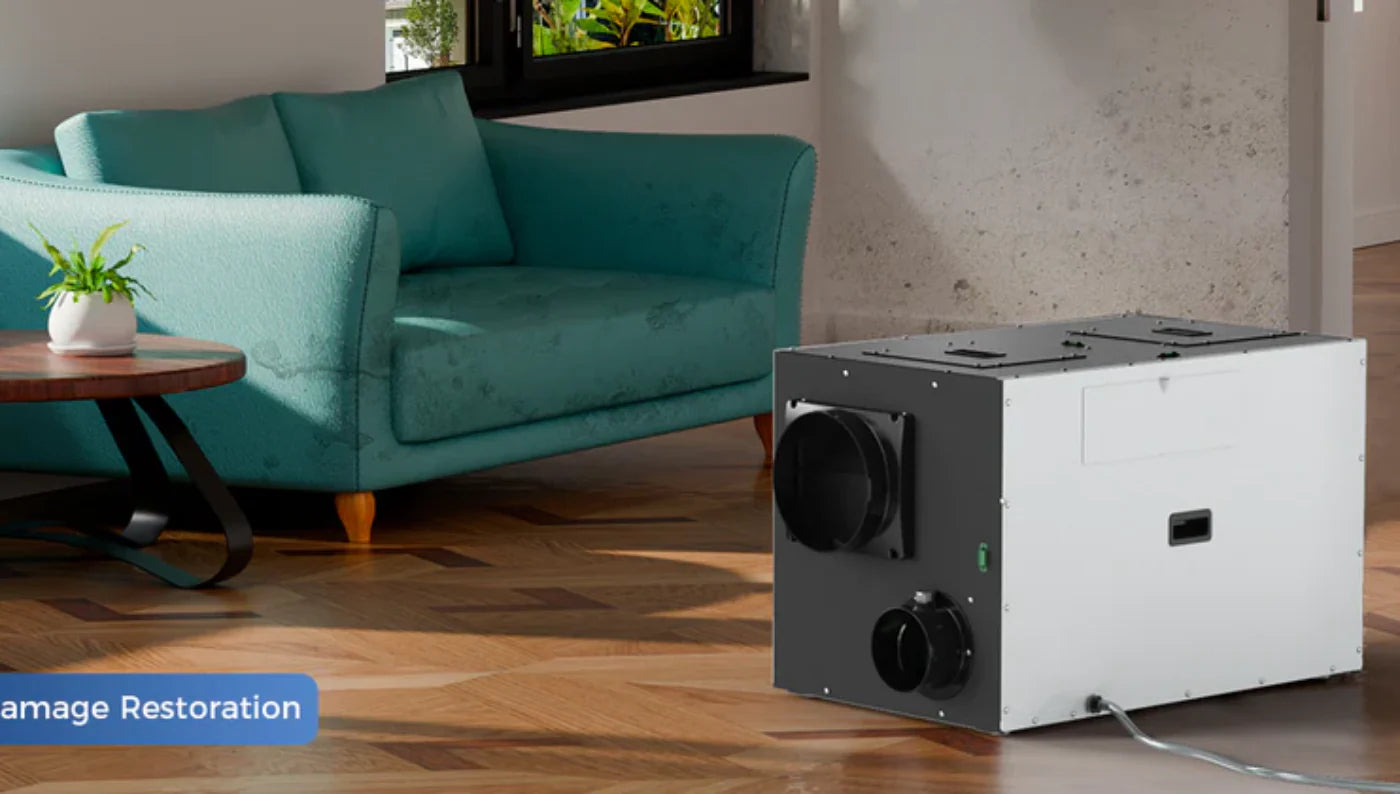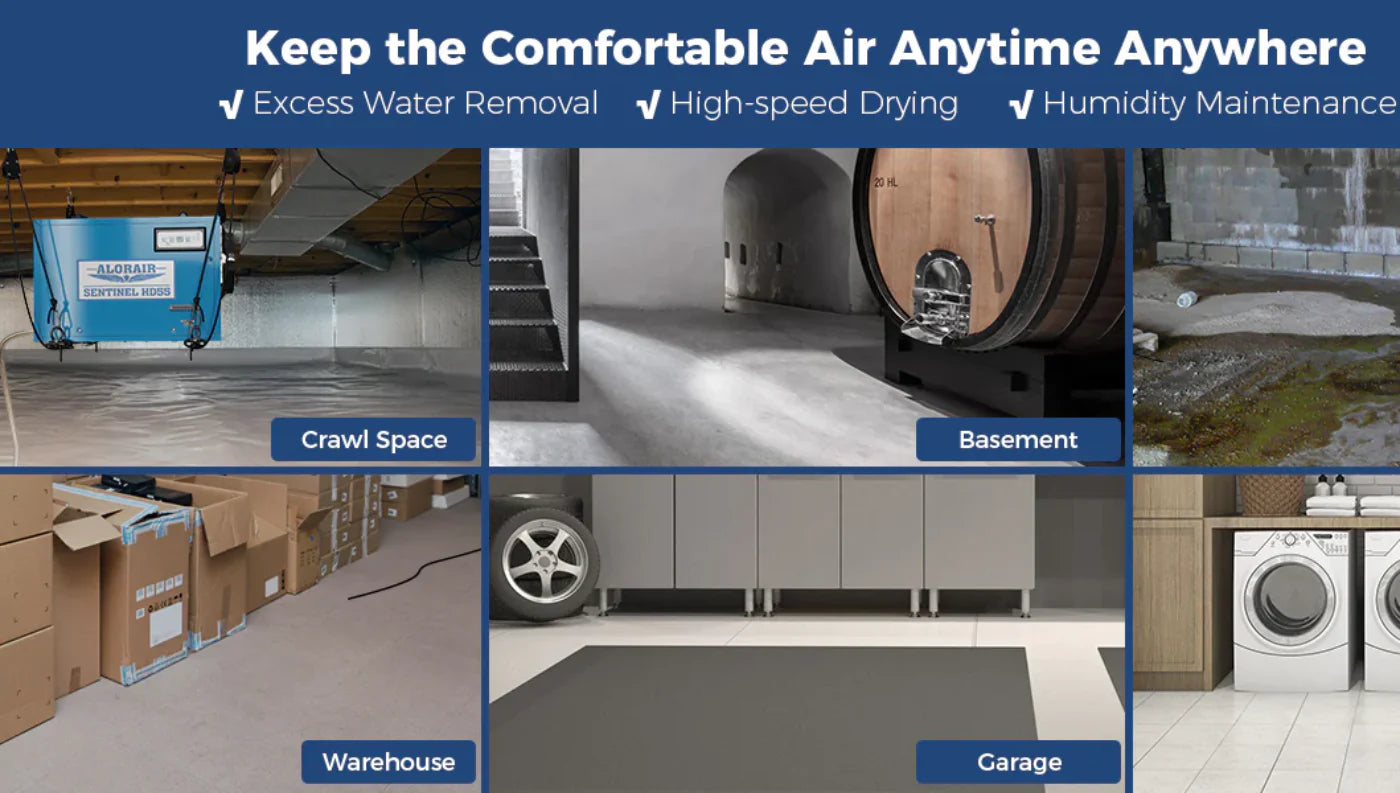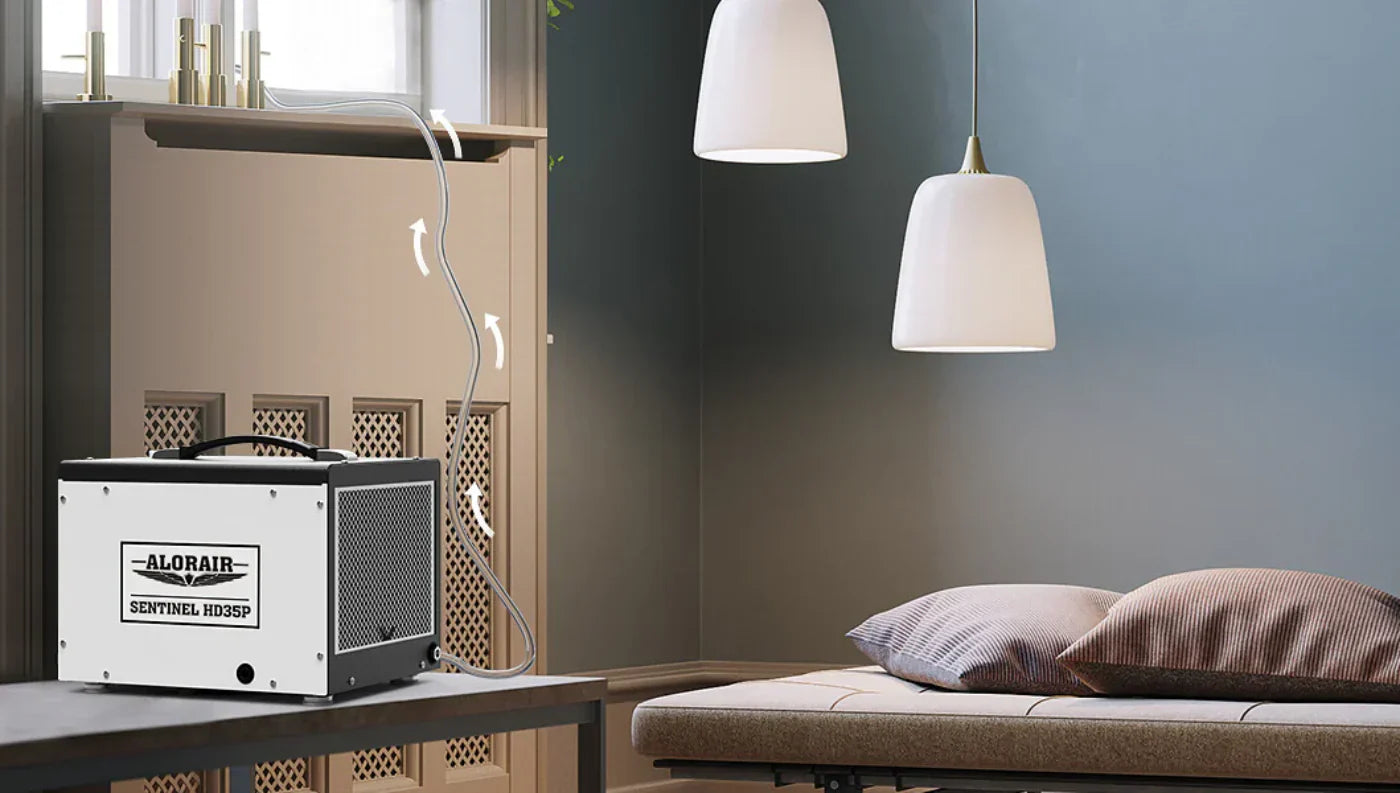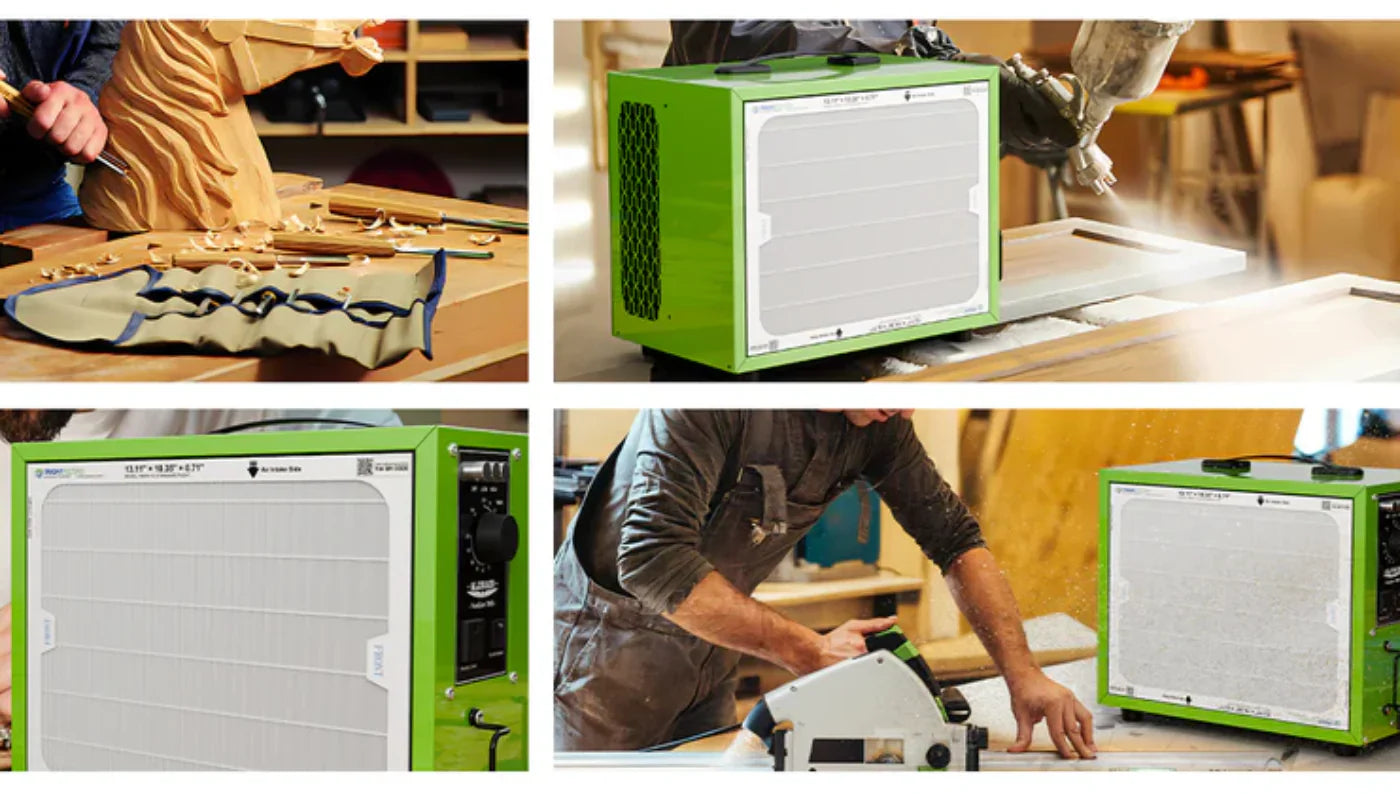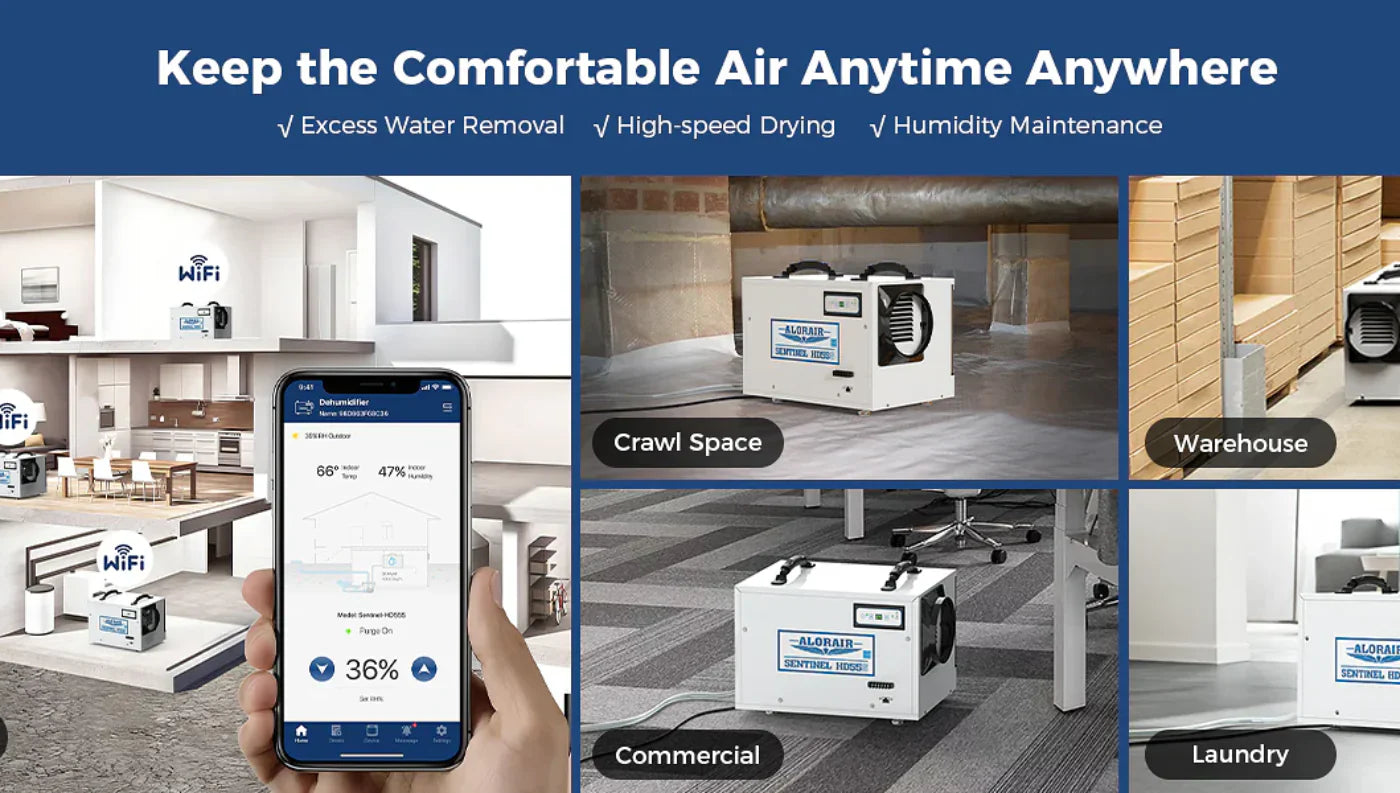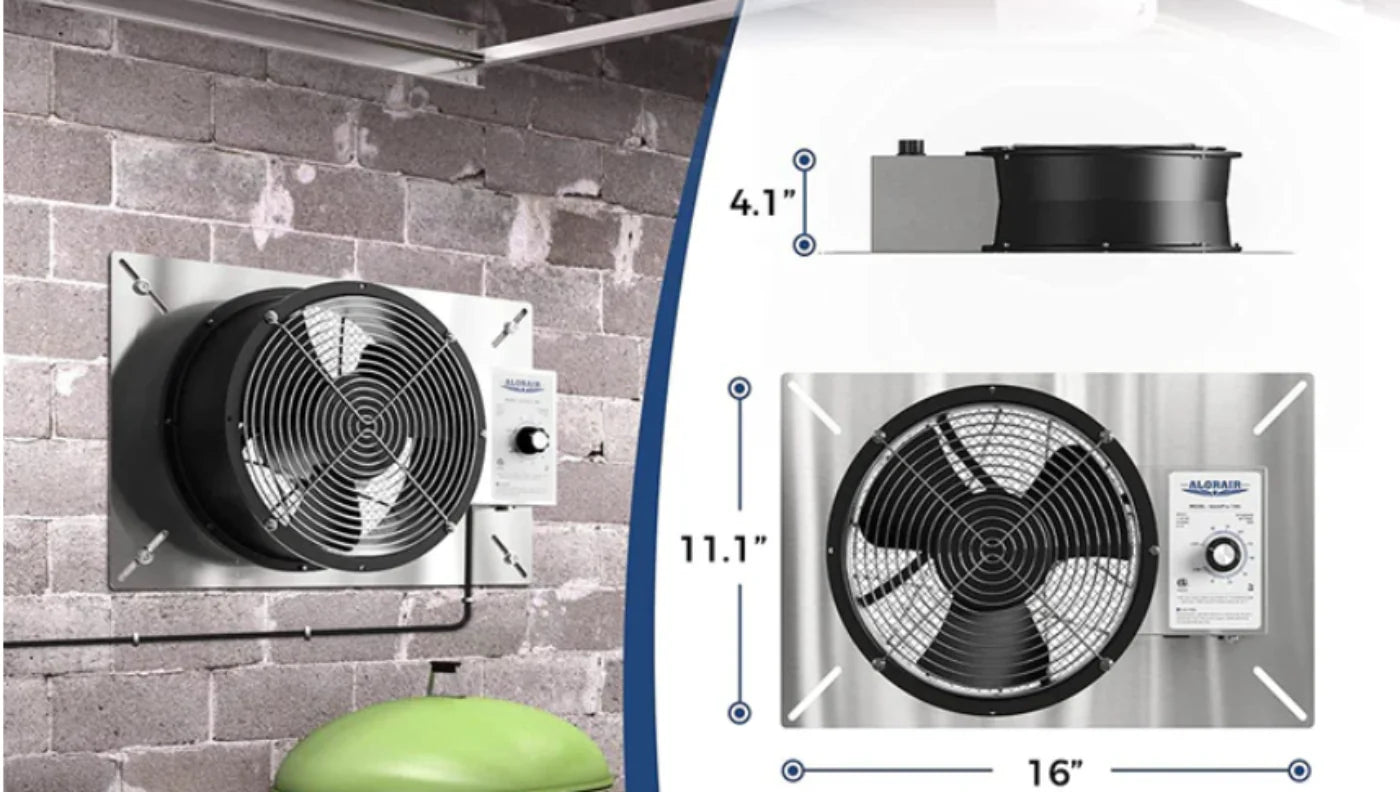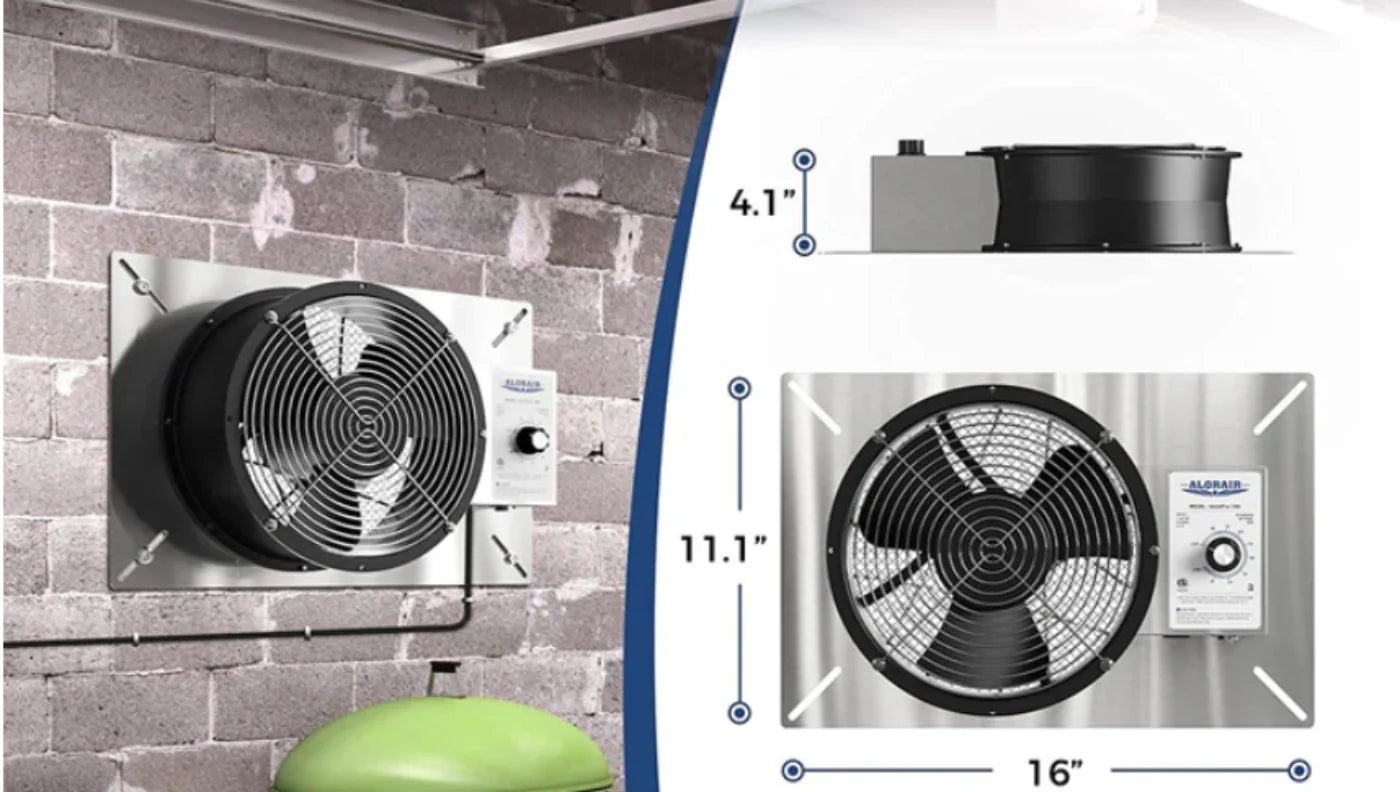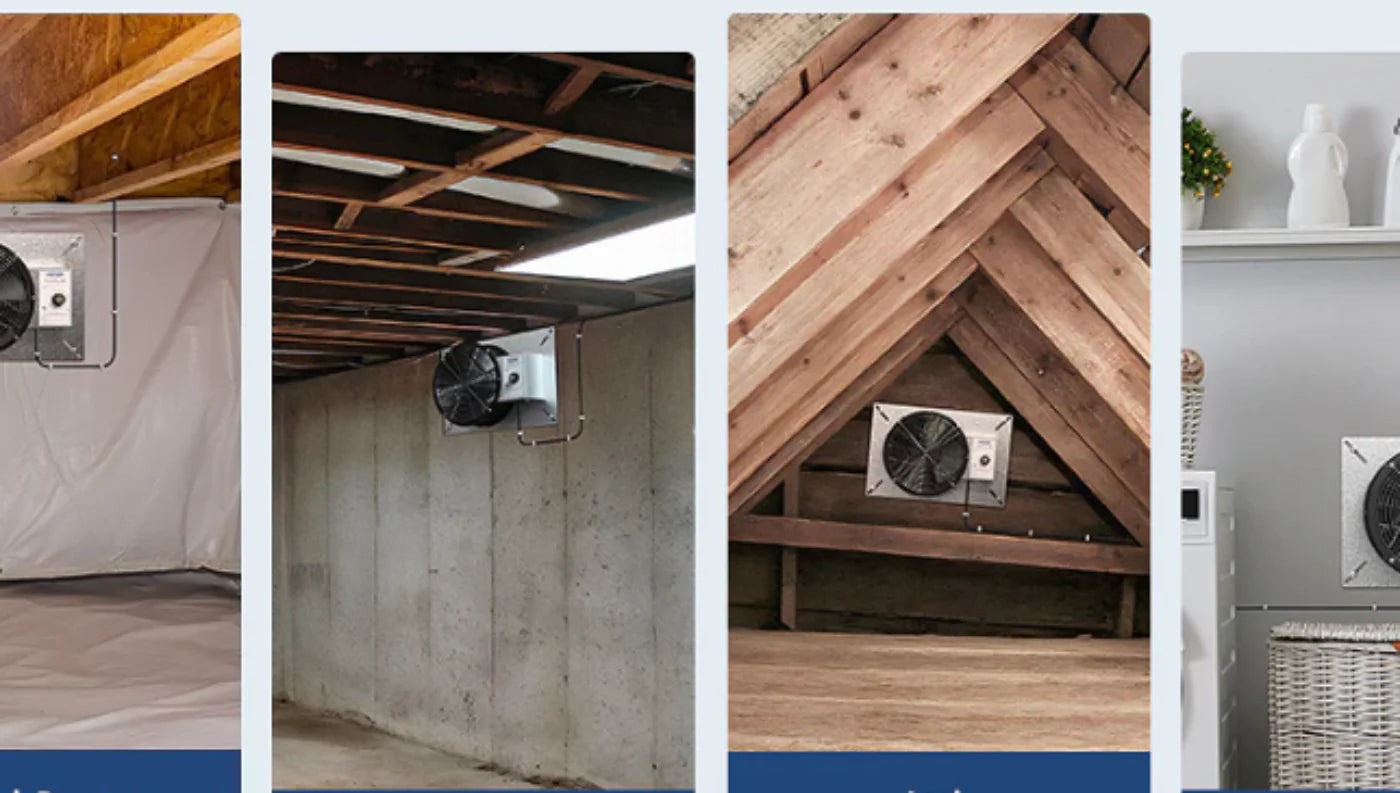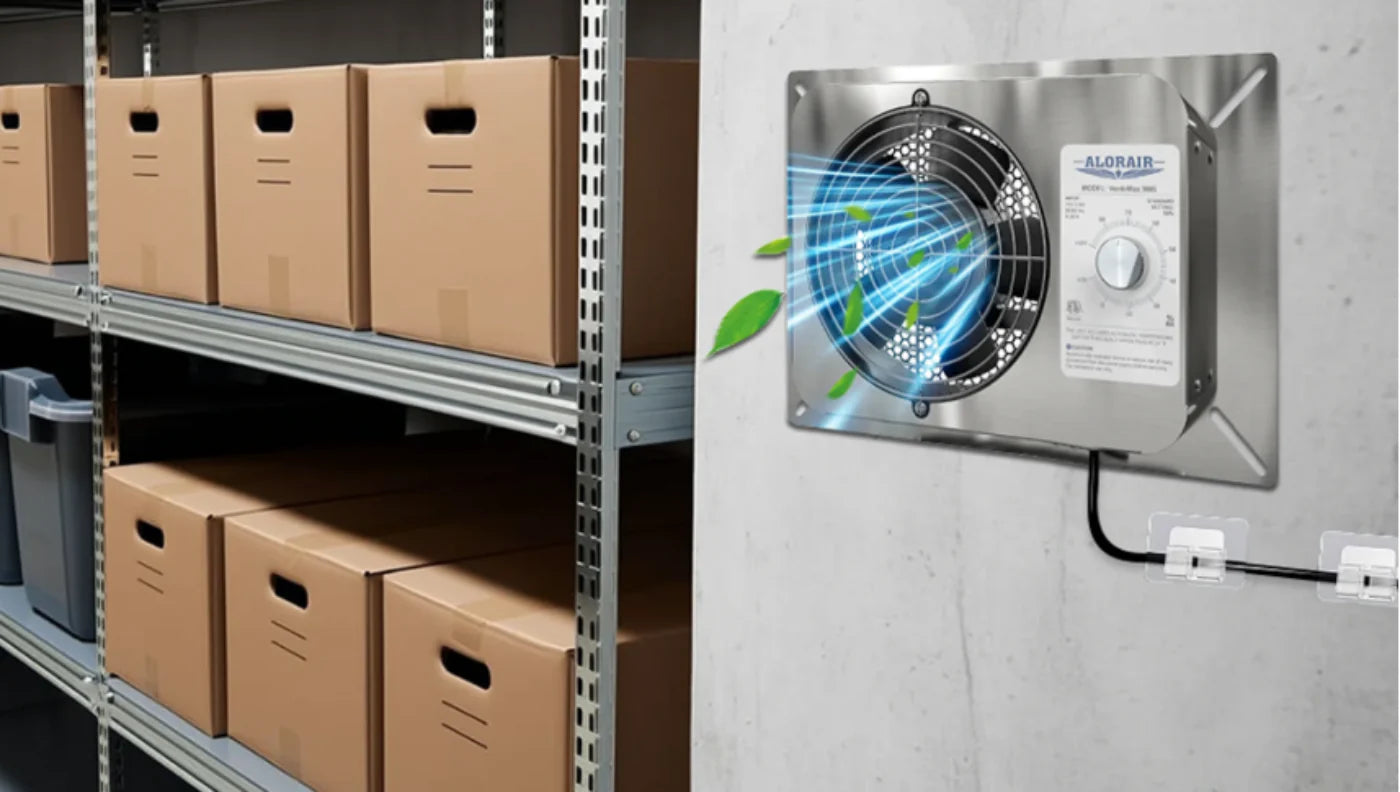In 2025, Wi-Fi connectivity has become a must-have feature—not a luxury—for dehumidifiers. You want a system you can monitor from your phone, get alerts when something’s off, or integrate into your home automation. This guide walks you through what matters in a smart dehumidifier today and highlights the best Wi-Fi dehumidifiers available—whether for crawl spaces, basements, or whole-home setups.
We’ll cover the key features, what to look for, and then spotlight some top units that balance performance, connectivity, and real-world reliability.
Why Wi-Fi Matters in a Dehumidifier
A usual dehumidifier runs “blind”—you set a target RH, and it hums along. But with Wi-Fi:
- You see the real-time humidity remotely
- The unit can send alerts (for full tank, lost connectivity, or error codes)
- Remote control (on/off, set point, modes) becomes possible
- You can integrate it with smart home systems (Alexa, Google Home, HomeKit)
- Analytics: Track runtime, humidity trends, energy use
In short, Wi-Fi gives you oversight and peace of mind. You don’t have to walk down, open the panel, and fumble with controls to see what’s going on.
Key Features in 2025’s Smart Dehumidifiers

1. Responsive & stable app / cloud
A Wi-Fi dehumidifier is only as good as its app. You want an interface that updates quickly (no long delays), shows humidity, runtime, alerts, and lets you adjust set points smoothly. Cloud reliability matters—if servers are down, local control fallback is a plus.
2. Alerts & notifications
Top units can alert you when the water tank is full or if there’s a clog or fault. Some send push notifications (or email/sms). That’s especially useful for crawl spaces or basements you infrequently check.
3. Smart automation & scheduling
The ability to schedule cycles, sync with HVAC cooling cycles, or adjust settings based on time of day or humidity conditions is very handy. Smarter units adapt automatically rather than forcing you to micromanage them.
4. Integration with smart home systems
A good Wi-Fi dehumidifier works with voice assistants and smart platforms. Want “Hey Google, set dehumidifier to 48%”? That should just work. Or have If-This-Then-That (IFTTT) actions (e.g. trigger fan when humidity > 60%).
5. Local control fallback
In case your Wi-Fi or cloud server is down, the unit should still operate with its onboard control panel. Total dependence on cloud is risky for reliability.
6. Solid hardware & specs
Don’t sacrifice foundation: you still need good capacity, airflow, efficient compressor, and drainage. Smart features only help when the core unit performs well.
Top Wi-Fi Dehumidifiers for 2025
Below are standout models that balance connectivity, features, and performance:
AlorAir HD55S Wi-Fi (Crawl / Basement Use)

This unit brings Wi-Fi connectivity to the proven HD55 performance class. It offers app control, real-time RH display, and alerts, while maintaining the compact dimensions and airflow specs suited for crawl spaces and basements. If you want a smart dehumidifier that fits tight spaces yet gives you remote control, this model is a strong pick.
AlorAir HD35P Wi-Fi (Compact + Pump + Smart)

When height is limited or you need compact installations, the HD35P Wi-Fi is compelling. It includes a pump for drainage flexibility, a low profile design, and full Wi-Fi control features like alerts, scheduling, and monitoring. For homes with crawl spaces or small basements, it delivers smart performance in a small package.
AlorAir WHD Series with Wi-Fi Support (Whole-Home Integration)
Some higher-end whole-house models in the WHD series support Wi-Fi or have optional modules for connectivity. These are ideal when you want centralized humidity control across the entire home, with the same smart control you expect in smaller units.
Other Brands to Compare (For Reference)
While our primary focus is on AlorAir models, it’s useful to know competitive smart dehumidifiers:
- Frigidaire Smart Dehumidifier – well known in home/portable class, good app support
- Midea U-Shaped Wi-Fi units – compact and smart, useful for basements or medium rooms
- GE Profile Smart Dehumidifier – integrates with smart home platforms
- Aprilaire Model with optional Wi-Fi module – pro-line system often used with whole-house HVAC
When shopping other brands, compare app responsiveness and connectivity robustness as much as spec sheets.
Real-World Use Cases & Setup Advice
Crawl / Basement Use
In lower height spaces, choose compact Wi-Fi models like HD35P Wi-Fi or HD55S Wi-Fi. Use app alerts to get warnings about full tanks or connectivity issues. If drainage is tricky, pump-equipped units help eliminate the need to empty buckets.
Whole-House / HVAC Systems
When integrating into your HVAC, Wi-Fi lets you monitor humidity across seasons and pause or boost dehumidification remotely. Match ducting and airflow properly, and set base humidity to 50%. Some systems let smart logic adjust based on outside humidity or HVAC cycles.
Smart Home Automation
Once connected, you can combine conditions: for example, if weather forecast shows rain and outdoor humidity is high, the system holds off ventilation or runs dehumidifier longer. You can also build alerts for when RH stays high too long, or when the unit runs excessively (a warning of leaks).
Placement & Connectivity Tips
Place the unit centrally in the space or along the primary airflow path so it senses representative humidity—not just near walls or vents. Use strong home Wi-Fi coverage; in basements or crawl spaces, Wi-Fi signals may be weak—consider mesh or extenders. Ensure drain lines are secure, slope properly, and avoid kinks. Confirm that app alerts are enabled (push, email) to stay updated.
Frequently Asked Questions
What is the best Wi-Fi dehumidifier in 2025?
For smart, dependable performance in compact spaces, AlorAir’s HD55S Wi-Fi and HD35P Wi-Fi are excellent picks. For whole-house integration, check WHD models that support Wi-Fi modules.
What should I look for in a Wi-Fi dehumidifier?
Look for a responsive app, alerts, offline fallback, scheduling, and compatibility with your smart home system. Don’t overlook core specs like capacity, airflow, and drainage options.
Do smart dehumidifiers use more power?
Not significantly. The smart features add minor standby power. The main energy use is the compressor and fan—choose a unit with efficient design and smart logic to reduce runtime.
How accurate are app humidity readings?
Most good systems sync on-device sensors with cloud readings. They should be accurate within ±2–3% RH. Calibration drift is rare, but you can check against your own hygrometer occasionally.
Can I retrofit Wi-Fi to a non-smart unit?
Sometimes yes, with add-on modules or sensor kits from certain brands. But integration and control may be less seamless than native smart models.
Conclusion
In 2025, Wi-Fi dehumidifiers are more than a novelty—they’re the new standard for control, efficiency, and peace of mind. The ability to monitor RH, get alerts, and adjust remotely transforms your dehumidifier into an active part of your home systems.
Whether you're managing a tight crawl space or a whole-home HVAC integration, smart models like the HD55S Wi-Fi and HD35P Wi-Fi bring connectivity without compromising performance. Choose one that matches your volume needs, makes drainage practical, and installs where Wi-Fi is stable—and you’ll stay a step ahead of moisture all season.




